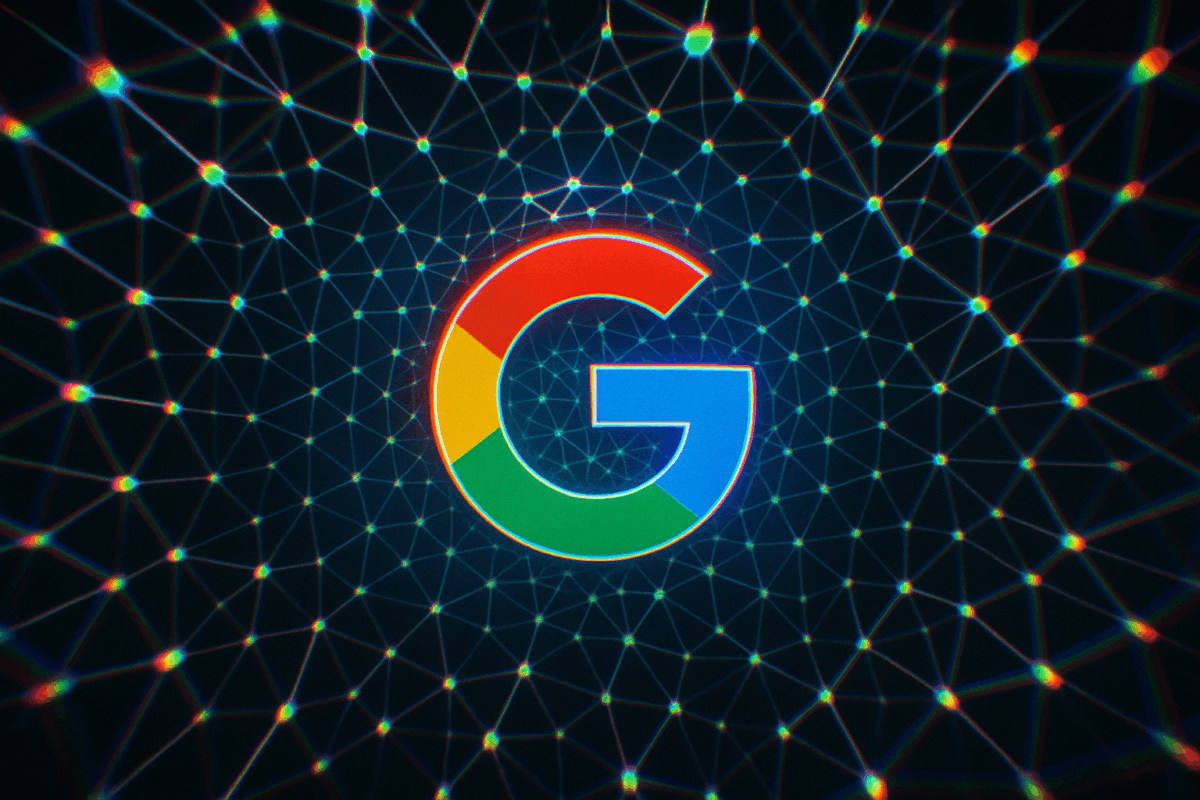ARTICLE AD BOX
Amazon is rolling out a new AI system called DeepFleet to manage its global fleet of one million warehouse robots.
DeepFleet uses generative AI to coordinate robot movements, relying on extensive internal data to optimize paths. This system will be used across Amazon's global robot network, which now spans more than 300 facilities worldwide.
Instead of following fixed routes, DeepFleet acts like a language model for robot traffic, analyzing previous movement patterns and generating optimized paths that respond to current warehouse conditions.
Amazon compares it to an intelligent traffic control system, with the AI constantly recalculating routes to prevent slowdowns and keep operations moving efficiently. The system learns continuously, using every new data point to improve robot efficiency.
Ad
THE DECODER Newsletter
The most important AI news straight to your inbox.
✓ Weekly
✓ Free
✓ Cancel at any time
The goal is to deliver packages to customers faster and at lower cost, while also reducing energy consumption. According to Amazon, DeepFleet should cut robot travel times by 10 percent.
More robots, fewer people
Amazon has steadily expanded its robotics program since 2012. The fleet now includes specialized robots such as Hercules for heavy lifting, Pegasus for individual parcels, and Proteus, which can navigate open workspaces autonomously.
Automation is reshaping Amazon's workforce. The company points to new technical roles—for example, a 30 percent increase in maintenance and tech staff at a Louisiana facility after advanced robotics were introduced.
But according to the Wall Street Journal, average staffing has fallen from about 1,000 workers per site in 2020 to 670 today. The WSJ projects that robots could soon outnumber people in Amazon's warehouses. A logistics center in Japan recently put the millionth robot into operation.
Since 2019, Amazon says it has provided training for more than 700,000 employees, much of it focused on preparing workers for new technologies.
Recommendation

 3 months ago
16
3 months ago
16



